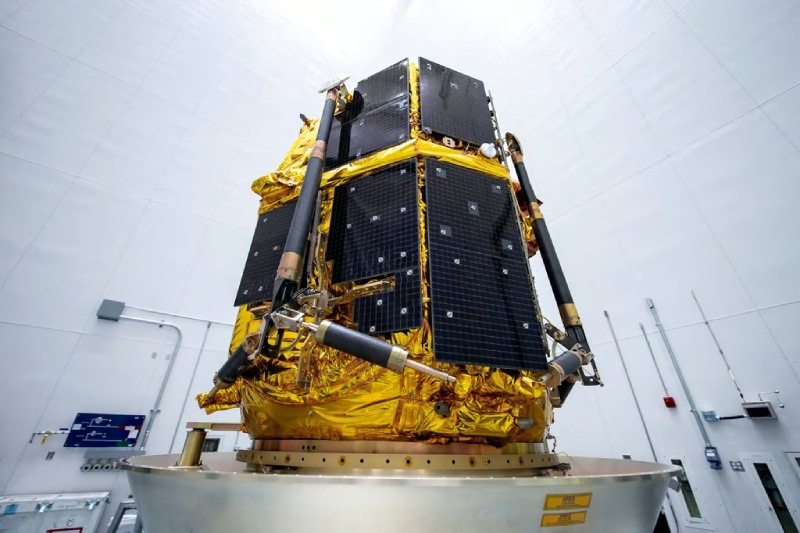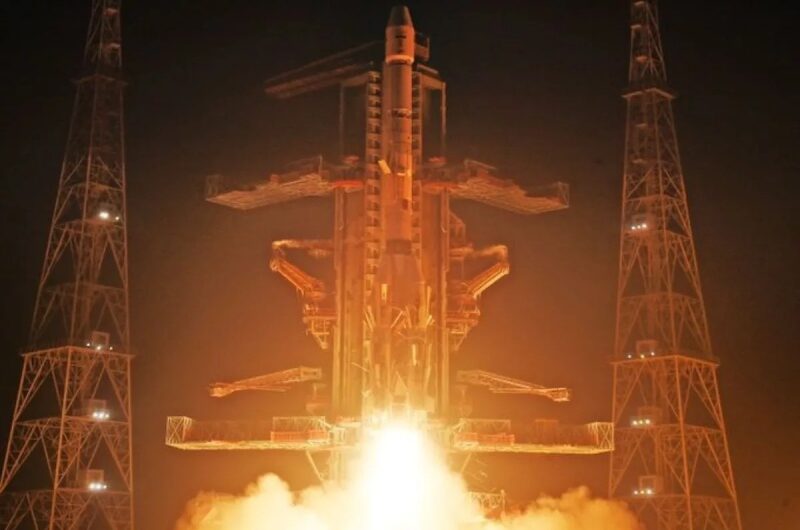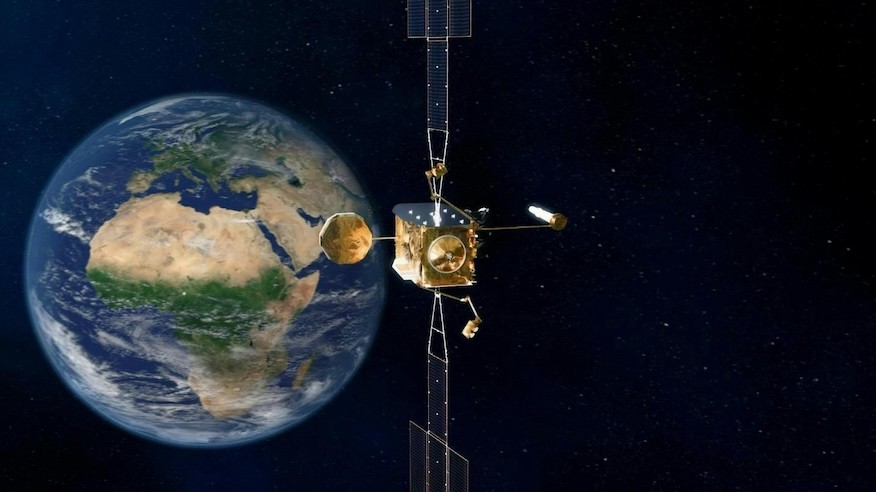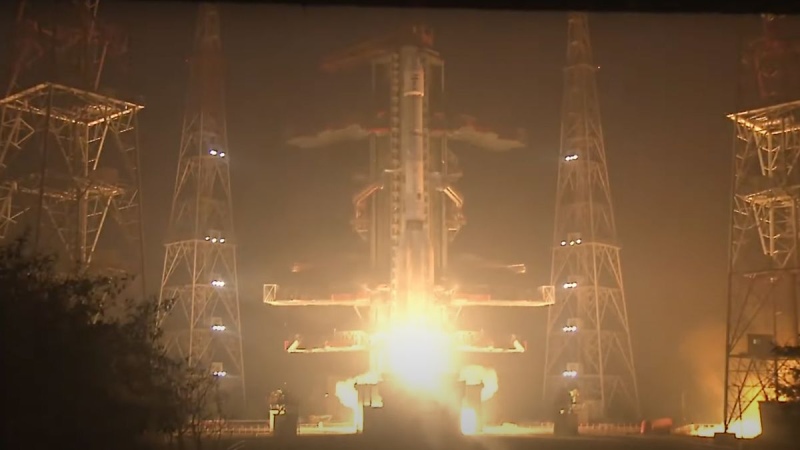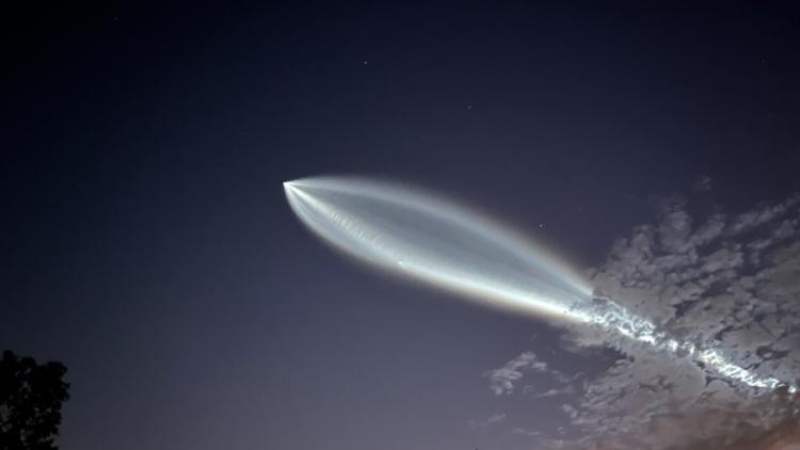One rocket, two missions: US and Japanese firms’ lunar landers launched their “rideshare” to the Moon on Wednesday, demonstrating the expanding involvement of the private sector in space exploration.
Blue Ghost from Firefly Aerospace and Resilience from ispace, a Japanese company that will also deploy a tiny rover, were on board the SpaceX Falcon 9 rocket that launched from the Kennedy Space Centre in Florida.
Intuitive Machines, a Texas-based business that became the first to successfully land on Earth’s celestial neighbour last year, is the model for both uncrewed missions.
Only a small number of well-funded national space organisations, beginning with the Soviet Union in 1966, were able to make soft landings on the Moon until recently.
However, a number of up-and-coming US businesses are now trying to duplicate this achievement as part of NASA’s experimental Commercial Lunar Payload Services initiative, which aims to reduce costs and promote a lunar economy.
Using commercial partners to provide essential hardware at a fraction of the expense of government-led missions, the US intends to launch the Artemis program later this decade to establish a long-term human presence on the Moon.
“Each milestone we complete will provide valuable data for future missions and ultimately keep the United States and our international partners at the forefront of space exploration,” Jason Kim, CEO of Firefly Aerospace, said Tuesday.
“Firefly is a go for launch. Let’s go ghost riders in the sky!”
Staying upright
On the Japanese side, ispace, based in Tokyo, made an unsuccessful “hard landing” on the moon in April 2023.
Blue Ghost is stacked atop Resilience inside the Falcon 9, SpaceX executive Julianna Scheiman explained, and will be deployed first, followed by Resilience nearly 30 minutes later.
The two spacecraft’s schedules for arriving to the Moon differ.
In 45 days, Blue Ghost hopes to finish its mission by progressively raising its orbit around the earth, entering lunar orbit, and landing close to Mons Latreille, a volcanic structure in Mare Crisium on the northeast near side of the Moon.
“With 10 NASA instruments on this flight, we’re conducting scientific investigations… from characterising the earth’s magnetosphere to understanding lunar dust and the Moon’s interior structure and thermal properties,” NASA scientist Maria Banks explained.
Additionally, Blue Ghost features technology demos aimed at computation and navigation in the extreme radiation environment of the Moon.
‘Moonhouse’ art
In the meantime, it will take Resilience four to five months to get to Mare Frigoris, which is located in the extreme north of the Moon.
Scientific instruments are among its payloads, but Tenacious, a tiny rover created by ispace-Europe, a subsidiary based in Luxembourg, is the main attraction.
The four-wheeled robot will try to collect regolith, the loose surface material of the Moon, and has a high-definition camera.
Additionally, a tiny red “Moonhouse” by Swedish artist Mikael Genberg is displayed on its front.
These lofty objectives depend on a good gentle landing, which is a difficult undertaking.
Without an atmosphere to sustain parachutes, spacecraft must negotiate dangerous boulders and craters and rely solely on thrusters to descend safely.
As recent missions have demonstrated, staying upright is a last obstacle.
Odysseus from Intuitive Machines toppled over upon landing in April 2024, so restricting the scope of its research.
The operating lifespan of Japan’s SLIM lander was also shortened when it landed in March 2024 at an uneven slant, which resulted in poorly positioned solar panels.
Topics #LunarLanders #RocketLaunch #SpaceCollaboration #SpaceInnovation
